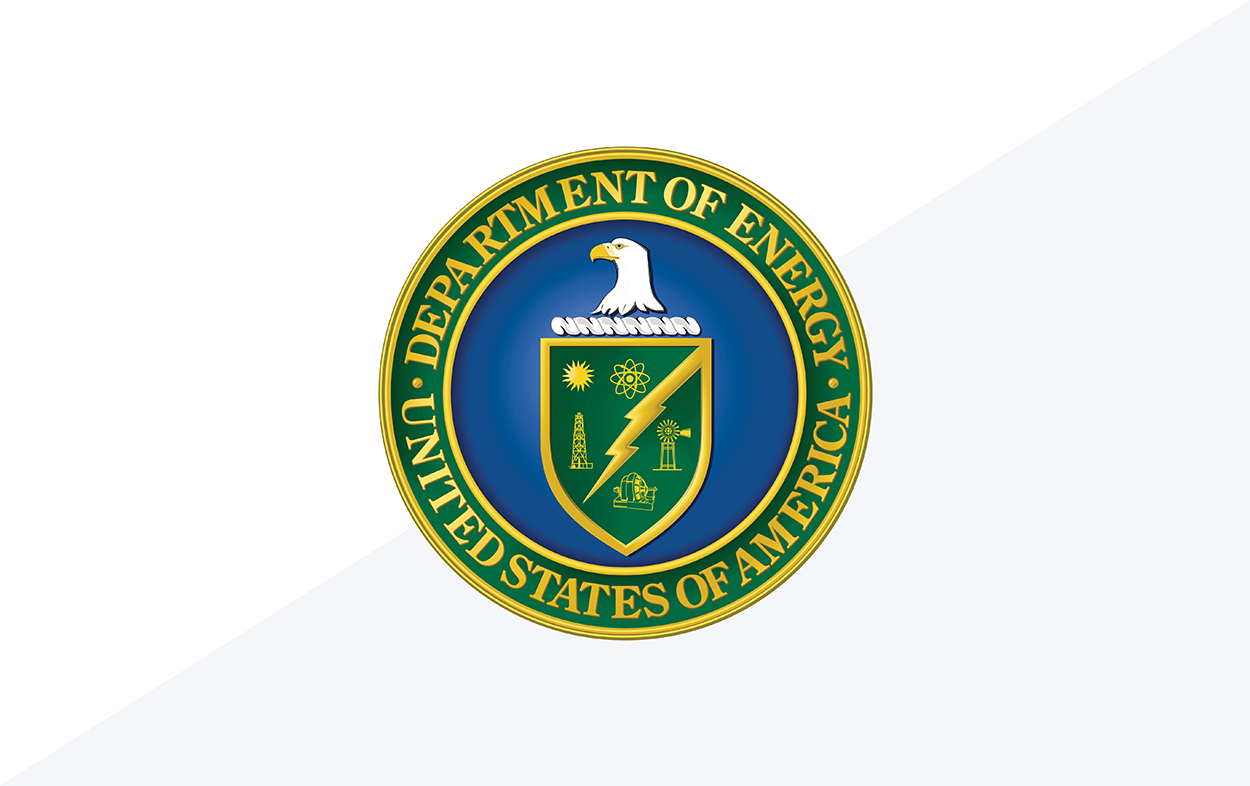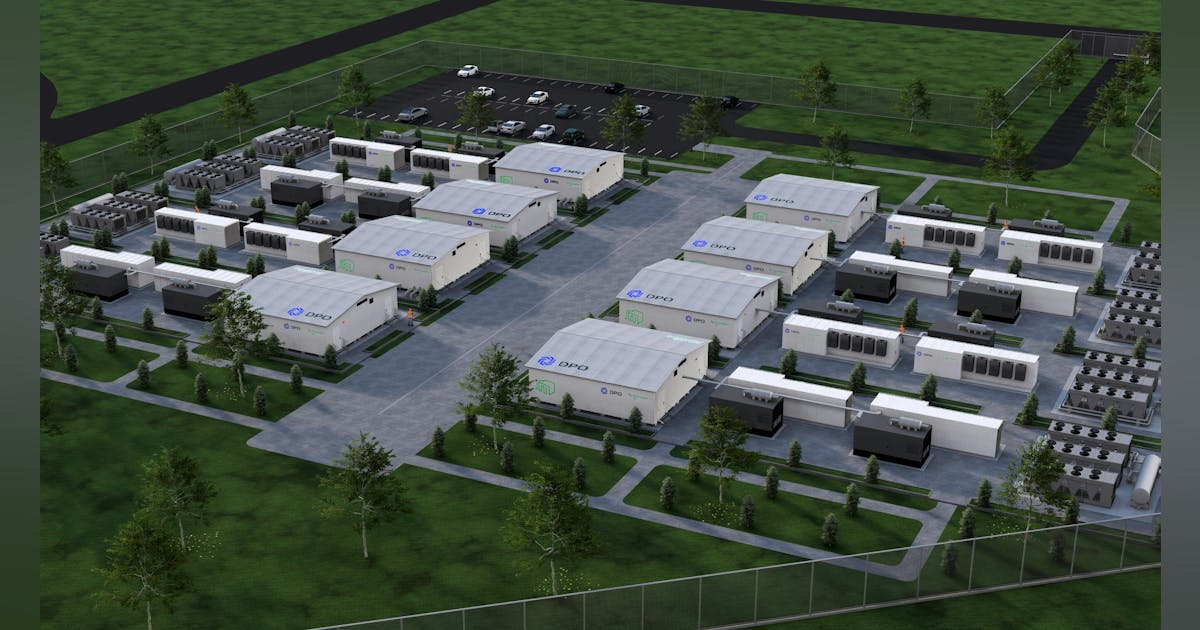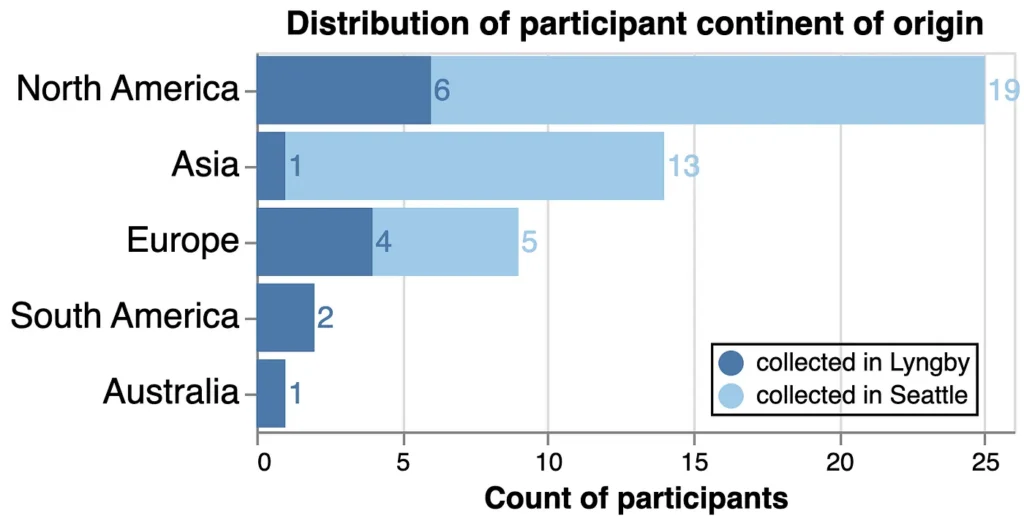
Maggie Barnidge, 18, has been managing cystic fibrosis her whole life. But not long after she moved out of her home state to start college, she came down with pneumonia and went into liver failure. She desperately wanted to get in touch with her doctor back home, whom she’d been seeing since she was diagnosed as an infant and who knew which treatments worked best for her—but he wasn’t allowed to practice telemedicine across state lines. The local hospital, and doctors unfamiliar with her complicated medical history, would have to do.
“A lot of what Maggie needed wasn’t a physical exam,” says Barnidge’s mother, Elizabeth. “It was a conversation: What tests should I be getting next? What did my labs look like? She just needed her doctor who knew her well.”
But doctors are generally allowed to practice medicine only where they have a license. This means they cannot treat patients across state lines unless they also have a license in the patient’s state, and most physicians have one or two licenses at most. This has led to what Ateev Mehrotra, a physician and professor of health policy at the Brown University School of Public Health, calls an “inane” norm: A woman with a rare cancer boarding an airplane, at the risk of her chemotherapy-weakened immune system, to see a specialist thousands of miles away, for example, or a baby with a rare disease who’s repeatedly shuttled between Arizona and Massachusetts.
While eligible physicians can currently apply to practice in states besides their own, this can be a burdensome and impractical process. For instance, let’s say you are an oncologist in Minnesota, and a patient from Kansas arrives at your office seeking treatment. The patient will probably want to do follow-up appointments via telehealth when possible, to avoid having to travel back to Minnesota.
But if you are not yet licensed to practice in Kansas (and you probably are not), you can’t suddenly start practicing medicine there. You would first need to apply to do so, either through the Interstate Medical Licensure Compact (designed to streamline the process of obtaining a full license in another state, but at a price of $700 per year) or with Kansas’s board of medicine directly. Maybe this poses too great an administrative hurdle for you—you work long hours, and how will you find time to compile the necessary paperwork? Doctors can’t reasonably be expected to apply for licensure in all 50 states. The patient, then, either loses out on care or must shoulder the burden of traveling to Minnesota for a doctor’s visit. The only way to access telehealth, if that’s what the patient prefers, would be to cross into the state and log in—an option that might still be preferable to traveling all the way to the doctor’s office. These obstacles to care have led to a growing belief among health-care providers, policymakers, and patients that under certain circumstances, doctors should be able to treat their patients anywhere.
Lately, telehealth has proved to be widely popular, too. The coronavirus emergency in 2020 served as proof of concept, demonstrating that new digital platforms for medicine were feasible—and often highly effective. One study showed that telehealth accounted for nearly a quarter of contacts between patients and providers during the first four months of the pandemic (up from 0.3% during the same period in 2019), and among Medicare users, nearly half had used telehealth in 2020—a 63-fold increase. This swift and dramatic shift came about because Congress and the Centers for Medicare and Medicaid Services had passed legislation to make more telehealth visits temporarily eligible for reimbursement (the payments a health-care provider receives from an insurance company for providing medical services), while state boards of medicine relaxed the licensing restrictions. Now, more providers were able to offer telehealth, and more patients were eager to receive medical care without leaving their homes.
Though in-person care remains standard, telehealth has gained a significant place in US medicine, increasing from 0.1% of total Medicare visits in 2019 to 5.3% in 2020 and 3.5% in 2021. By the end of 2023, more than one in 10 Medicare patients were still using telehealth. And in some specialties the rate is much higher: 37% of all mental-health visits in the third quarter of 2023 were telemedicine, as well as 10% of obstetric appointments, 10% of transplant appointments, and 11% of infectious-disease appointments.
“Telehealth has broadened our ability to provide care in ways not imaginable prior to the pandemic,” says Tara Sklar, faculty director of the health law and policy program at the University of Arizona James E. Rogers College of Law.
Traditionally, patients and providers alike have been skeptical that telehealth care can meet the standards of an in-person appointment. However, most people advocating for telehealth aren’t arguing that it should completely replace visiting your doctor, explains Carmel Shachar, director of Harvard Law School’s Health Law and Policy Clinic. Rather, “it’s a really useful way to improve access to care.” Digital medicine could help address a gap in care for seniors by eliminating the need for them to make an arduous journey to the doctor’s office; many older adults find they’re more likely to keep their follow-up appointments when they can do them remotely. Telemedicine could also help address the equity issues facing hourly employees, who might not be able to take a half or full day off work to attend an in-person appointment. For them, the offer of a video call might make the difference between seeking and not seeking help.
“It’s a modality that we’re not using to its fullest potential because we’re not updating our regulations to reflect the digital age,” Shachar says.
Last December, Congress extended most of the provisions increasing Medicare coverage for telehealth through the end of March 2025, including the assurances that patients can be in their homes when they receive care and that they don’t need to be in a rural area to be eligible for telemedicine.
“We would love to have these flexibilities made permanent,” says Helen Hughes, medical director for the Johns Hopkins Office of Telemedicine. “It’s confusing to explain to our providers and patients the continued regulatory uncertainty and news articles implying that telehealth is at risk, only to have consistent extensions for the last five years. This uncertainty leads providers and patients to worry that this type of care is not permanent and probably stifles innovation and investment by health systems.”
In the meantime, several strategies are being considered to facilitate telehealth across state lines. Some places—like Maryland, Virginia, and Washington, DC—offer “proximal reciprocity,” meaning that a physician licensed in any of those states can more efficiently be licensed in the others. And several states, like Arkansas and Idaho, say that out-of-state doctors can generally practice telemedicine within their borders as long as they are licensed in good standing in another state and are using the technology to provide follow-up care. Expanding on these ideas, some advocates say that an ideal approach might look similar to how we regulate driving across state lines: A driver’s license from one state generally permits you to drive anywhere in the country as long as you have a good record and obey the rules of the road in the state that you’re in. Another idea is to create a telemedicine-specific version of the Interstate Medical Licensure Compact (which deals only with full medical licenses) in which qualifying physicians can register to practice telehealth among all participating states via a centralized compact.
For the foreseeable future, telehealth policy in the US is locked in what Mehrotra calls “hand-to-hand warfare”—states duking it out within their own legislatures to try to determine rules and regulations for administering telemedicine. Meanwhile, advocates are also pushing for uniformity between states, as with the Uniform Law Commission’s Telehealth Act of 2022, which set out consistent terminology so that states can adopt similar telehealth laws.
“We’ve always advanced our technologies, like what I can provide as a doctor—meds, tests, surgeries,” Mehrotra says. “But in 2024, the basic structure of how we deliver that care is very similar to 1964.” That is, we still ask people to come to a doctor’s office or emergency department for an in-person visit.
“That’s what excites me about telehealth,” he says. “I think there’s the potential that we can deliver care in a better way.”
Isabel Ruehl is a writer based in New York and an assistant editor at Harper’s Magazine.






















